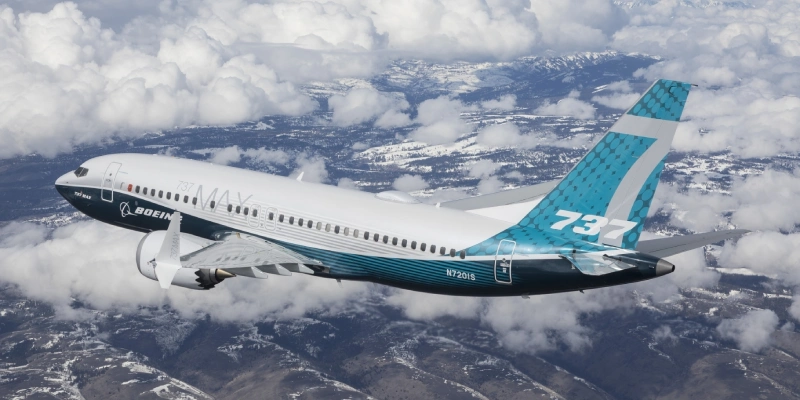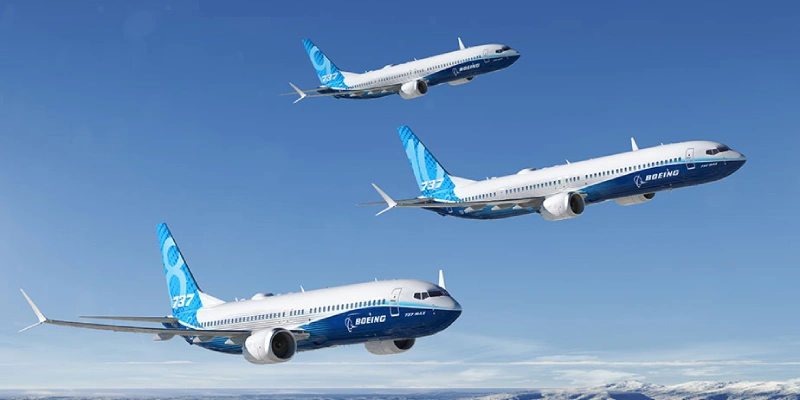The A321XLR programme has just kicked-off an international flight-test campaign, known as ‘Functional and Reliability Testing’ (FnR). Also referred to as ‘Route Proving’, this is part of Airbus’ certification activity contributing to EASA Type Certification expected for the new variant in 2024.
Overall, the main objective of the FnR is to demonstrate the A321XLR’s systems maturity well before entry into service, with a target of approximately 100 hours flying time over 10 days with no systems power-down. Specific sectors, comprising around 15 flights in total, are intentionally typical of what airlines might fly when the aircraft enters service. These have been defined to represent a mix of operator profiles, climatic conditions, flight durations and airport turnaround times.
→ IndiGo is considering flying to Amsterdam with the Airbus A321XLR
For the first time since the A321XLR first flew in June 2022, there will be real airline cabin and flight crews gaining hands-on experience, alongside the Airbus test pilots and flight engineers as well as a representative group of around 30 passengers made up of volunteer Airbus and airline employees. Everyone on board, as well as myriad supporting teams on the ground in Toulouse and also at the destination airports, will contribute to a common objective to provide valuable feedback as the A321XLR spreads its wings for the first time, crossing oceans and visiting international airports. The aircraft which is flying these missions is ‘MSN 11080’ – one of three dedicated flight test prototypes, and the only one which is equipped with a full cabin interior.
“In the olden days ‘route proving’ was very much about showing customers the aircraft in action – that the aircraft they have bought can actually do what they want to do with it,” recalls Jim Fawcett, Airbus’ Lead Flight Test Engineer for the A321XLR’s FnR exercise.
“These days we carry on with this kind of demonstration, but we’re also looking at showing the technical reliability and maturity and good functioning of the aircraft. So that’s why we prefer to call it ‘functional and reliability testing’.”
Related Topics
Boeing Requests Emissions Exemption from FAA to Sell 35 777F Jets
FAA to Evaluate New Cockpit Alert System for Boeing 737 MAX 10: A Key Step Toward Certification
Southwest Airlines Expects Boeing 737 MAX 7 Certification by August 2026
Airbus Admits Boeing Likely to Win Order Race This Year

Un apasionado por la aviación, Fundador y CEO de Aviación al Día.




